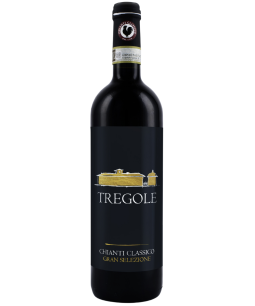

Reimagining Chianti wines
Friday 6th September 2024
Changing things in a deeply rooted wine region like Chianti is not easy, but with the world evolving quickly, those who embrace change are more likely to ensure a future in an increasingly competitive wine market.
In hindsight, Chianti has always been a region open to change and evolution. Remember the fiascos, the straw-wrapped chunky bottles? Nostalgia is beautiful, but let’s be honest, those wines were not that exceptional! Many of the region’s producers have raised their game since then, producing some of the world's most prestigious wines while enhancing the reputation of the local grape, Sangiovese, which is now also one of the most widely planted Italian native varietals outside Italy.
Sangiovese has always stayed in fashion, even when international varieties like Cabernet Sauvignon and Merlot entered the Italian wine scene as part of the Super Tuscan movement gaining IGT status in 1992. A major research project for the region, known as “Chianti Classico 2000”, was carried out between 1987 and 2002, which resulted in the selection and approval of new clones of Sangiovese and Colorino grapes that are better suited for the region’s conditions, and are more resistant to diseases.
With Sangiovese at the forefront, today, the region focuses exclusively on red grape varieties. In fact, since 2006, the Consortium has prohibited the inclusion of white grapes in the Chianti Classico blend, as they didn’t contribute much to the Sangiovese wines which already had high acidity.
Latest regulations require a minimum of 80% of Sangiovese in the wine to be labelled as a Chianti Classico, whereas winemakers increasingly use indigenous varieties like Canaiolo, Colorino, and Mammolo to add authenticity to their wines.
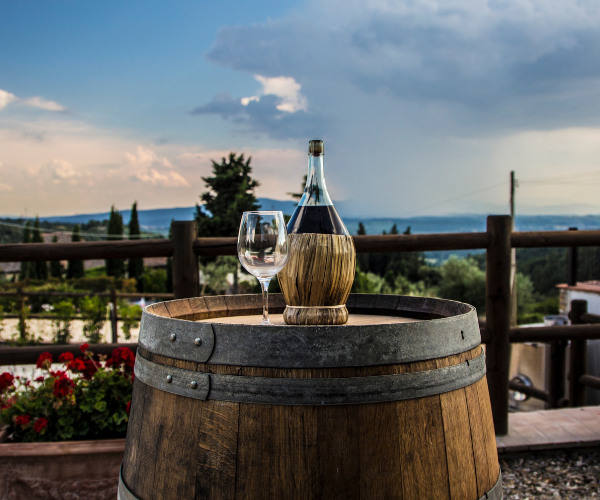

WHAT IS THE DIFFERENCE BETWEEN CHIANTI, CHIANTI CLASSICO, RISERVA, AND GRAN SELEZIONE?
Chianti DOCG, which surrounds Chianti Classico subregion, is a significantly broader area with less strict regulations. It also covers several other renowned subregions such as Montalcino and Montepulciano.
In the Italian appellation system, “Classico” refers to the wines produced in a historical region or the most typical area, generally a medieval castle-town situated on a hilltop with vineyards covering the slopes.


Chianti Classico DOCG is a viticultural area that covers almost all the land between Siena and Florence, bounded by the hills of Colli Senesi and Colli Fiorentini subregions on each side. The boundaries were defined by the Medici in the 18th century but have been revised several times since then. While the region looks quite large, only around 10% of it -approximately 7000 hectares- is planted with vineyards dedicated to Chianti Classico. This is because planting is not allowed on the valley floors and over heights of 700 metres.
The next tier of quality for Chianti Classico is ‘Riserva’. Chianti Classico Riserva shares the same grape blend requirement as Chianti DOCG of at least 80% Sangiovese, but also requires a higher minimum alcohol content and extended ageing.
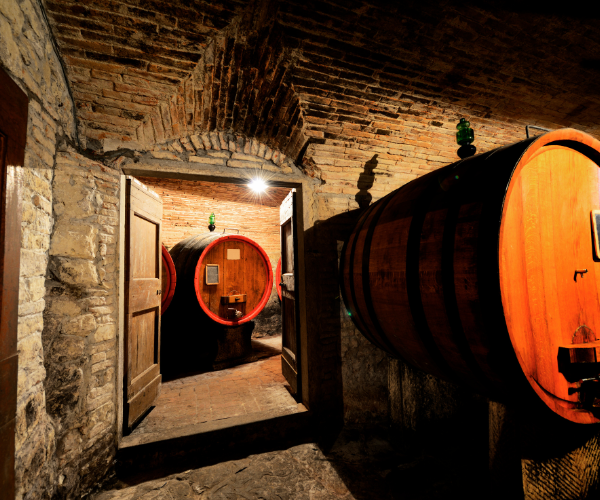

The highest quality tier, Gran Selezione, was introduced in 2014 as a new type of Chianti Classico and the regulations have become stricter since its launch. It was big news, as it was the first time a new type of wine had been established at the top of the quality pyramid of an Italian denomination.
Produced exclusively from the winery’s own grapes, Gran Selezione represents an expression of the unique terroir of a single estate. This tier involves a more rigorous selection of grapes with a strong emphasis on estate-grown fruit, extended ageing of wines, and stricter vineyard regulations.
Along with excitement, the Gran Selezione category faced criticism for being too similar to Chianti Classico Riserva but at a higher price, with some producers simply rebranding their Riserva wines. In 2021, Vino Chianti Classico Consorzio addressed this by introducing UGAs (additional geographical distinctions) and revising the Gran Selezione category.
From 2027 vintage, Chianti Classico Gran Selezione DOCG wines must contain 90% or more Sangiovese, with the remaining part consisting of other native red varieties such as Canaiolo. Additionally, these wines must have a UGA (geographical designation) on the label.
WHAT IS A UGA?
In addition to praising native grape varietals, understanding the terroir and ‘reflecting these as a whole in the bottle’ has been a growing trend in the global wine industry. In line with this approach, the Chianti Classico region has formalised its subzones for their distinct characteristics and is listed under the UGAs, short for Unità Geografiche Aggiuntive, or Additional Geographic Units. The region is now divided into 11 UGAs. These are smaller, more homogenous areas that differentiate wines based on their specific origin without adhering to any official city or municipality boundaries.
Similar to the MGAs in Barolo and Barbaresco or the Cru Classification in Burgundy, the UGA system takes into account factors like soil types, altitude variations, sunlight exposure, soil composition, and rainfall patterns within the region. Having spent years in Italy, I can personally attest to how differently Italians handle things -even in villages only five minutes apart- therefore I would definitely count the “human element” among these factors!
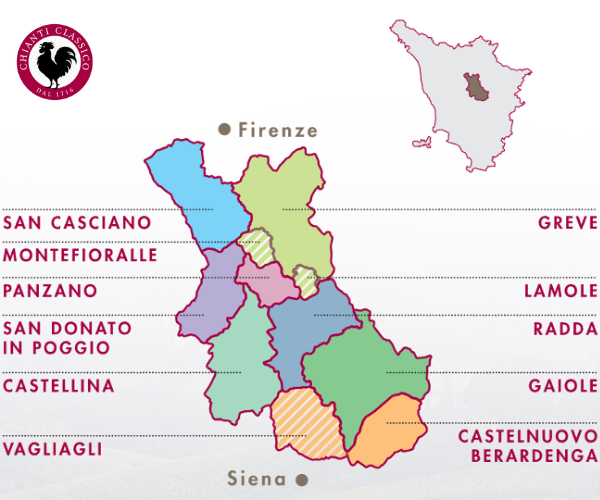

WHAT DOES THIS MEAN FOR CONSUMERS?
Will this make things easier or more confusing for people? This is a separate discussion.
It is, indeed, a more accurate representation of the terroir. Having these sub-regions on the label might help consumers choose their wine, since we will have a better overall understanding of the region. UGAs will give us an insight such, for example Gaiole will give you more powerful and structured wines, while those from Castelnuovo Berardenga, which is further south with warmer conditions, might have wines with richer, fuller-bodied profiles or wines from Vagliagli are more approachable at an earlier age. Whilst this will undoubtedly be a topic of further study additional complexity may make things more confusing for consumers.
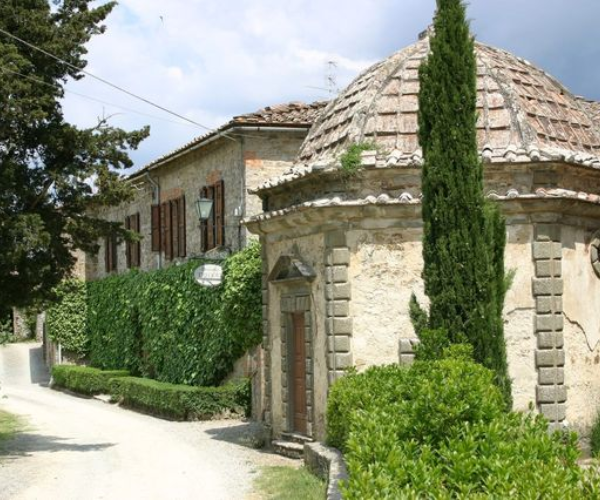

The implementation of UGAs is a strategic move from the Consorzio for enhancing the market positioning of Chianti Classico wines. Wines labelled with a specific UGA will likely gain prestige and command higher prices, especially those from subzones with a strong reputation for quality - something we are already experiencing in Lamole. However, stricter vineyard and winemaking requirements may also increase production costs, potentially leading to higher prices.
While the UGA system enables some producers to focus on quality and eventually charge premium prices, it could create difficulties for smaller producers, who might struggle to compete with established wineries in prestigious subzones. Supporting small-to-medium-sized producers will therefore remain important.
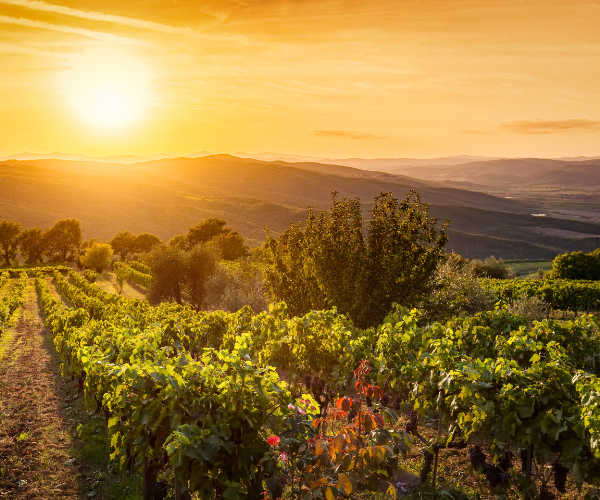

The highest quality tier, Gran Selezione, was introduced in 2014 as a new type of Chianti Classico and the regulations have become stricter since its launch. It was big news, as it was the first time a new type of wine had been established at the top of the quality pyramid of an Italian denomination.
Produced exclusively from the winery’s own grapes, Gran Selezione represents an expression of the unique terroir of a single estate. This tier involves a more rigorous selection of grapes with a strong emphasis on estate-grown fruit, extended ageing of wines, and stricter vineyard regulations.
Along with excitement, the Gran Selezione category faced criticism for being too similar to Chianti Classico Riserva but at a higher price, with some producers simply rebranding their Riserva wines. In 2021, Vino Chianti Classico Consorzio addressed this by introducing UGAs (additional geographical distinctions) and revising the Gran Selezione category.
From 2027 vintage, Chianti Classico Gran Selezione DOCG wines must contain 90% or more Sangiovese, with the remaining part consisting of other native red varieties such as Canaiolo. Additionally, these wines must have a UGA (geographical designation) on the label.


